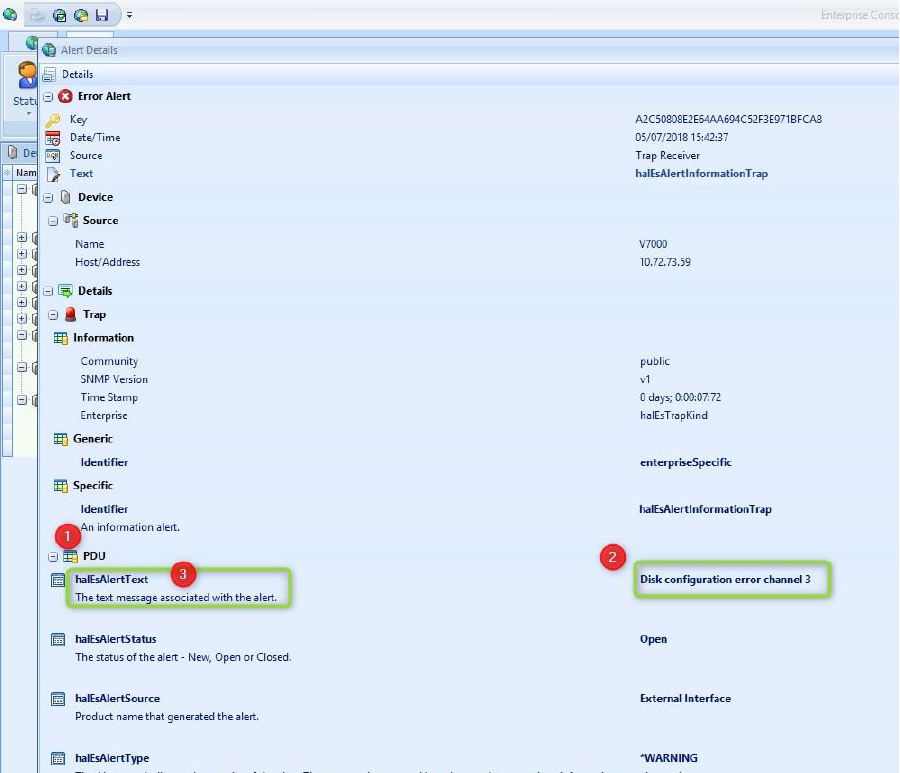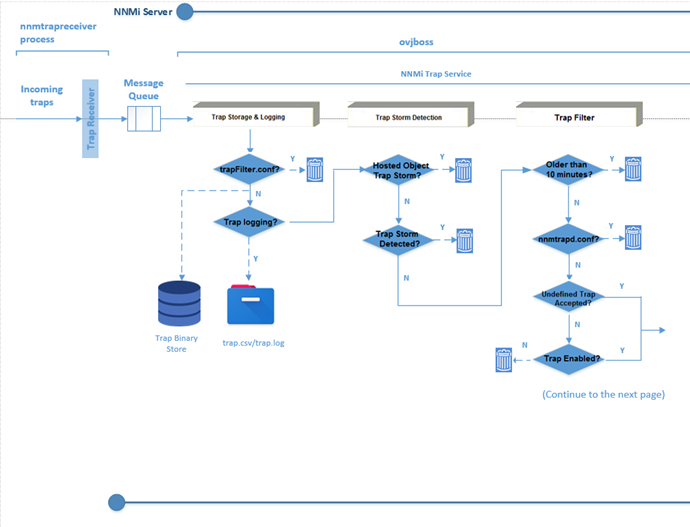
The trap handler logging is enabled by the existence of a log file named “csiTrapReceiver_info_log” in the /home/customer/logs/ directory. It then hands off received traps to the trap handler for further processing that includes matching OIDs to trap receive rules and potentially placing received data in local data objects. The snmptrapd service is responsible for receiving traps at the protocol stack level. With additional steps, a second level will be the logging of traps handled by the csiTrapHandler. Traps received by snmptrapd are logged as a minimum. When you enable trap logging, there are actually two levels of logging available. You would configure the receive rule to set a fixed value upon receipt of this trap since the trap itself is really the value you are interested in. There is no real data payload in this type of trap.


For the Var OID, simply use the sender community OID 1.3.6.1.6.3.18.1.4.0 to give the trap receiver something to look for. Then use the OIDs indicated here as the Trap OID. If you wish to receive these traps, you may need to add a filter line as illustrated above. In particular, the traps are as follows:ġ.3.6.1.6.3.1.1.5.5 (authenticationFailure) These are encoded by snmptrapd per RFC 2576 and then forwarded to csiTrapHandler. There are a number of generic traps which do not have traditional SNMP trap OIDs. These are pulled in automatically from the User List when the Generate button is clicked. The same approach would be used for SNMP v3 with the difference being the authentication and privacy parameters listed per user following the #Users. We should also note that SNMP v1/v2 was illustrated here for simplicity. The comment says "do not change this next line". This can then be loaded into the trap receiver. When you click the Save button at the bottom of that window, all content including your edited content is saved. After clicking the Generate Config button on the nf page, you can freely edit the content of the window where its generated content is displayed. To include these in our filter, it is necessary to manually edit the nf file ad add one more filter line as illustrated below. An example that requires additional filters is the UPS MIB defined by RFC 1628. 1.3.6.1.4.1* as defined in the nf manual available at. The traphandle includes the trap filter "default". In this case, it will be passed to the csiTrapHandler for further processing against the trap receive rules. The “traphandle” tells the snmptrapd service what to do with the trap. Yours will be different and set to what you have chosen.

This example assumes an SNMP community of “oakpark”.

The minimum nf file for receiving SNMPv1 or SNMPv2 traps is as follows:


 0 kommentar(er)
0 kommentar(er)
